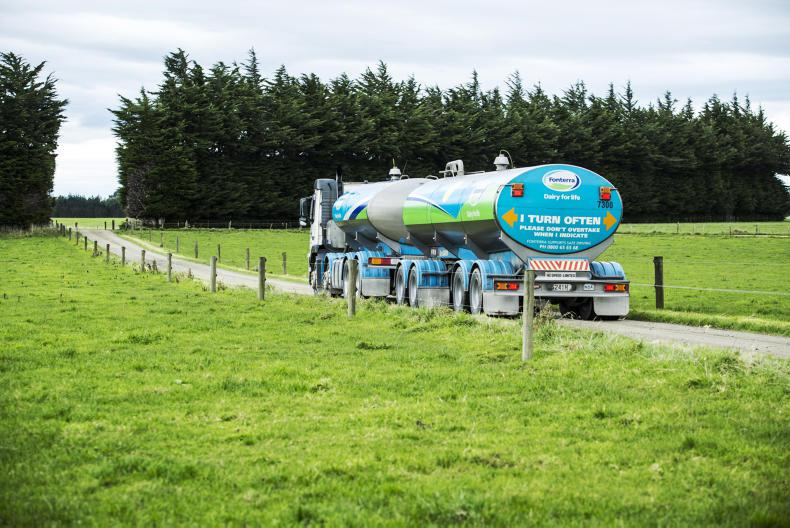In terms of supply, France, Germany and the UK declined in August as heat stress affected supplies and when these big three suffer, European milk supply suffers.
At this time of the year, New Zealand milk is increasing, but numbers show its about on par with last year’s supply.
Retail sales of cheese and butter continue to beat expectations and, interestingly, powder demand in the African countries remains high despite the oil price crash. Globally, exports have been higher this year, with total exports up 1% year on year.
Futures are indicating that butter prices will remain stable through the autumn and into next year, with powder prices also firming slightly.
The cheddar market has been more active, with pricing stable to firm. At the trading auctions, there are more green upwards arrows than anything else and that is helping confidence and market sentiment.
The risk for the industry is the ongoing COVID-19 issues that overhang the market.
This could strike in terms of shifting demand patterns as restrictions impact in different parts of the world.
However, the market has proved very resilient and north Asia, the Middle East and southeast Asia continue to be big players in the market.
Like most other regions, while there might be COVID concerns, there remains plenty of activity and purchasing power.
Read more
GDT and Ornua lift helps milk price prospects
Nigeria - 200 million people need dairy protein
Lakeland is first processor to set September milk price
In terms of supply, France, Germany and the UK declined in August as heat stress affected supplies and when these big three suffer, European milk supply suffers.
At this time of the year, New Zealand milk is increasing, but numbers show its about on par with last year’s supply.
Retail sales of cheese and butter continue to beat expectations and, interestingly, powder demand in the African countries remains high despite the oil price crash. Globally, exports have been higher this year, with total exports up 1% year on year.
Futures are indicating that butter prices will remain stable through the autumn and into next year, with powder prices also firming slightly.
The cheddar market has been more active, with pricing stable to firm. At the trading auctions, there are more green upwards arrows than anything else and that is helping confidence and market sentiment.
The risk for the industry is the ongoing COVID-19 issues that overhang the market.
This could strike in terms of shifting demand patterns as restrictions impact in different parts of the world.
However, the market has proved very resilient and north Asia, the Middle East and southeast Asia continue to be big players in the market.
Like most other regions, while there might be COVID concerns, there remains plenty of activity and purchasing power.
Read more
GDT and Ornua lift helps milk price prospects
Nigeria - 200 million people need dairy protein
Lakeland is first processor to set September milk price






 This is a subscriber-only article
This is a subscriber-only article










SHARING OPTIONS: